Lizards were created on the 6th day of creation.
Then God said, “Let the earth bring forth the living creature according to its kind: cattle and creeping thing and beast of the earth, each according to its kind”; and it was so.
Genesis 1:24
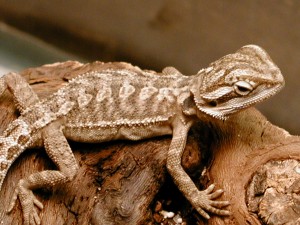
About The Bearded Dragon
Bearded dragons are very social reptiles. They can move quickly when necessary, but usually they have a laid back personality. They like to be held and taken out of their cage. Their diet consists of both meat and vegetables (about 70% insects & 30% vegetables and fruits). It is very important to give them a calcium powder. Put it on the insects once a week for adults, and twice a week for bearded dragons under the age of 6 months. If you do not give the young ones the calcium powder they will have problems such as deformed heads. The babies grow so fast that it is necessary to give them that extra calcium boost. If you are a first time owner of these guys, let me tell you, they can be expensive. So, look into them before you buy, and consider carefully. Bearded Dragons live from 8-10 years (some times longer). Bearded dragon males are a little bigger than females. The male adult size is about 16-22 inches long. Generally you do not want to keep males together, as they can be territorial. However, you can house a male with more than 1 female. The male will often show off by bobbing his head and puffing out his beard as if to say, “Look at me, I’m handsom” or “Get back this is my territory”. They are an excellent reptile to own. I recommend this lizard above all the rest of the reptiles because of their laid back attitudes!
Care Information
1. You should house your bearded dragon in a minimum 60 gallon tank.
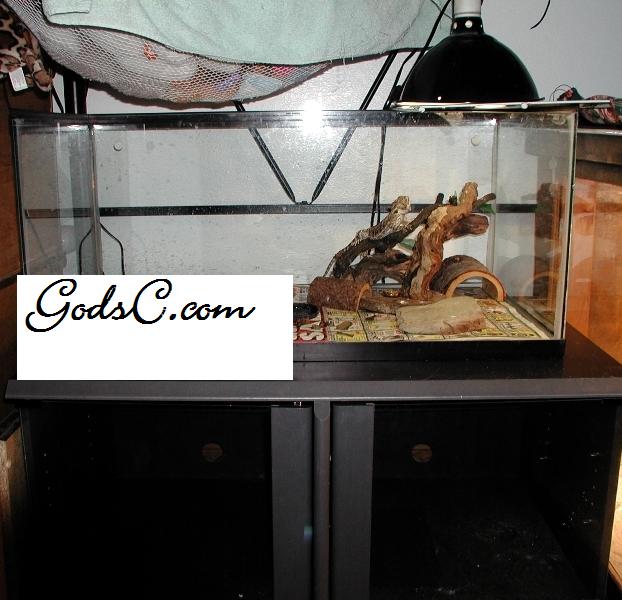
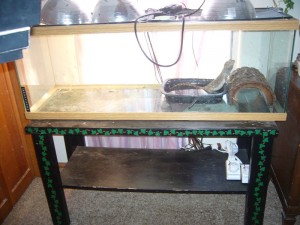
2. For the bottom of the cage you can use, sand, butchers paper, or news paper. Note: never use sand on baby bearded dragons, because the sand can plug up the babies small organs. But the sand is ok for dragons over 6 months.
3. Bearded dragons are desert animals so they need a desert climate. Temperatuer should be 75-90 F. A ceramic heat bulb is great to use because it dose not put out light. This is a great bulb to keep your dragon worm at night and it will not keep him awake. Always make sure your dragon can get away from the heat by placing your heat bulb at one end of his cage.
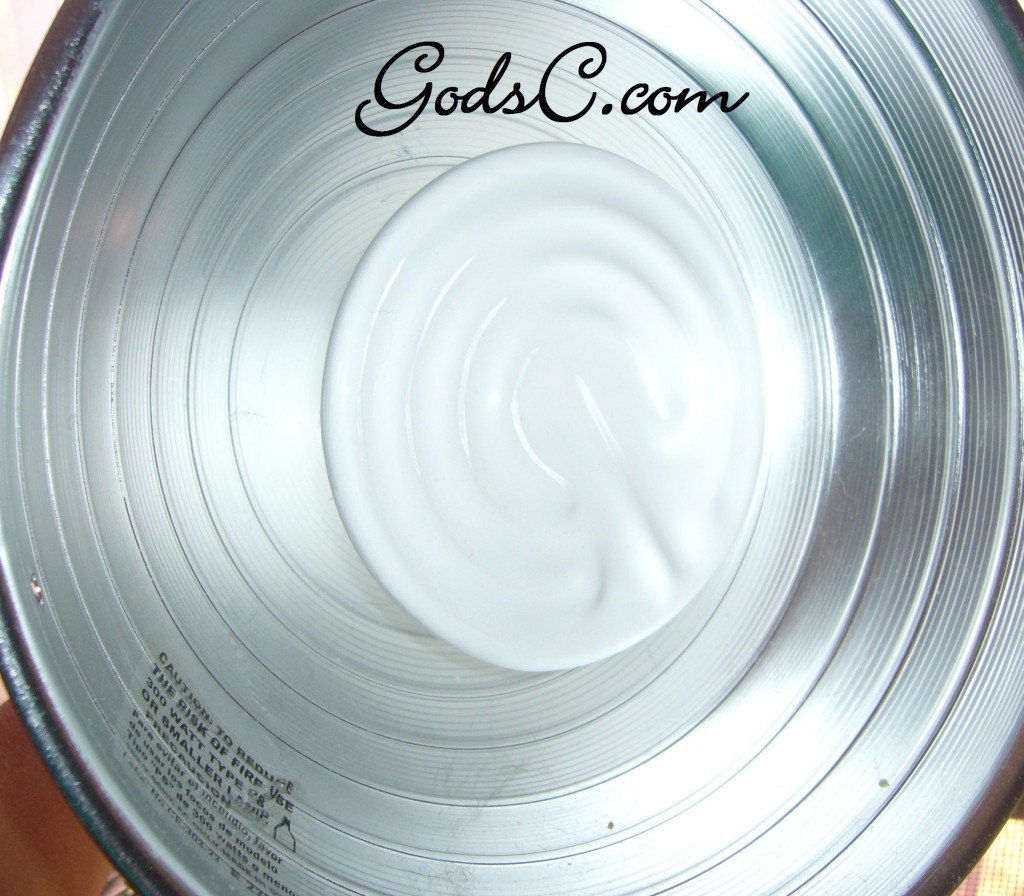
4. On top of using a heat bulb you must use a UVB bulb or strip. Make sure that it is marked on the box. It has to say UVB not uv or uva. However it is ok to say uv and uva as long as it says UVB. Your dragon should have around 10 hours of the UVB light. Timers work great because they can be set to come on when the sun rises and go off when the sun sets thus making a real life environment for your dragon.
5. Keep your dragon supplied with a water dish big enough, and easy to get in and out of, to soak in & drink from. Note: they only get in every so often. Caution: make sure they can’t drown in the water.
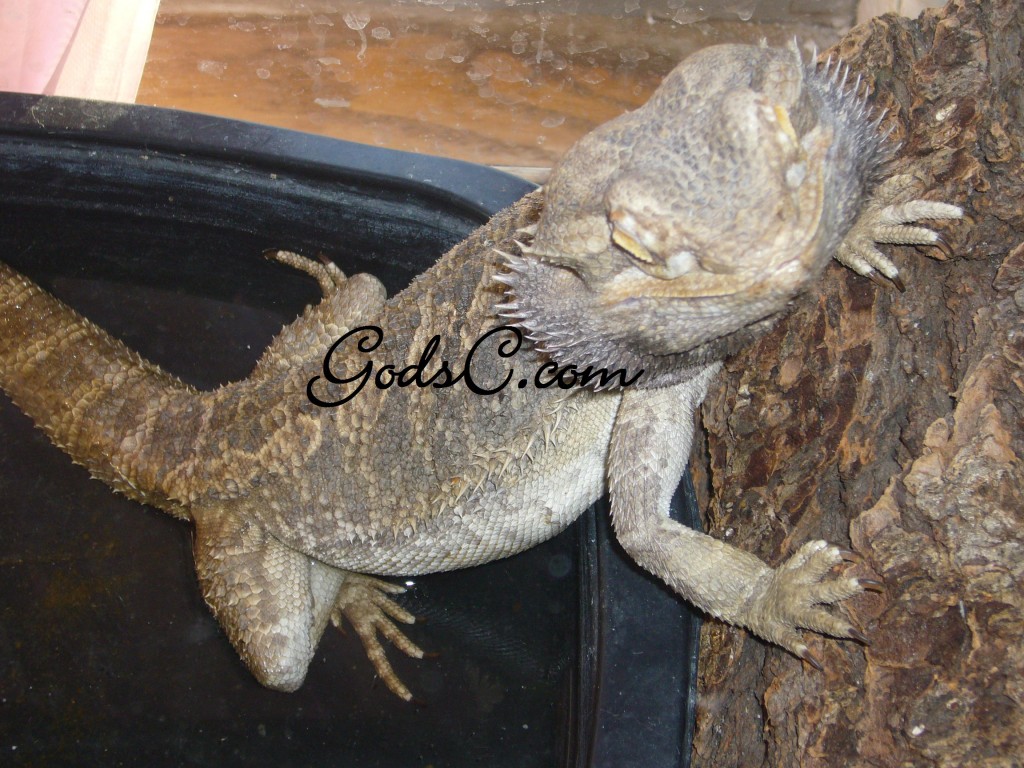
6. Vegetables to feed: Kale, Bok choy, Swiss Chard, Romaine Lettuce, Broccoli, Squash, and Green Beans.
7. Vegetables not to feed: It is best not to feed Frozen Veggies, Iceberg Lettuce, or Spinach. Frozen Veggies lose their vitamins and minerals. Iceberg Lettuce has very little nutrition. Spinach is a calcium binder and that is not good so do not feed it.
8. Fruits to feed: Papaya, Apples, Grapes, Apricots, Oranges, Bananas, and tomatoes.
9. Fruits not to feed: Strawberries. Because the seeds can plug them up.
10. Meats/insects to feed: Crickets and Mealworms. Crickets have more protein and are easier to digest. Mealworms have a little less protein and are harder to digest because they have an exoskeleton. It is best not to feed a bearded dragon only a diet of mealworms.
11. Treats to feed: For larger bearded dragon, you can feed them 1-2 pinky mice a week. They love them but don’t feed too many because pinkies are a fatty food; but a few is good to feed them. Make sure the mice are not bigger than the head of the dragon because the dragon could suffocate or choke on the mouse.
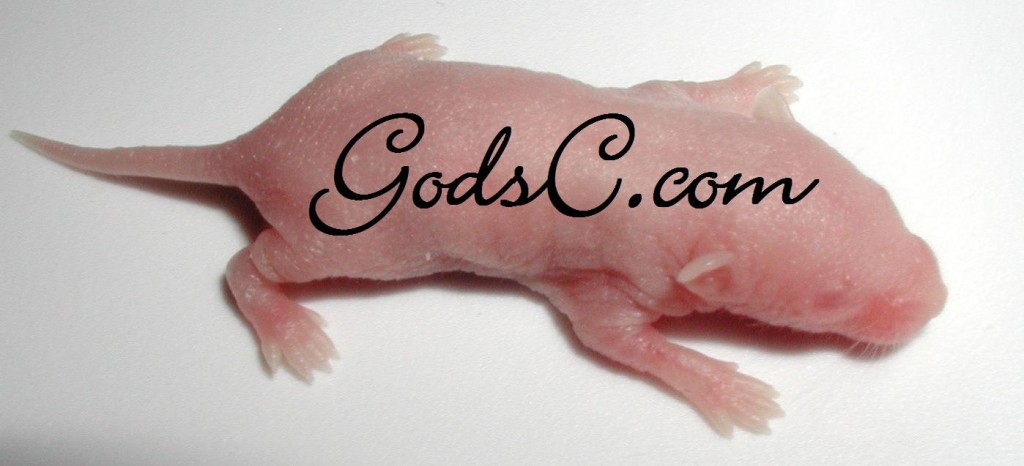
12. Adults eat every other day. Recommended diet: 70% Crickets, Mealworms, or pinkies, and 15% Romaine Lettuce, and 5% other veggie, and 10% Fruit.
13. Younger dragons eat every day. Recommended diet: 80% Crickets or Mealworms, 12% Romaine Lettuce, 4% other veggie, and 4% Fruit.
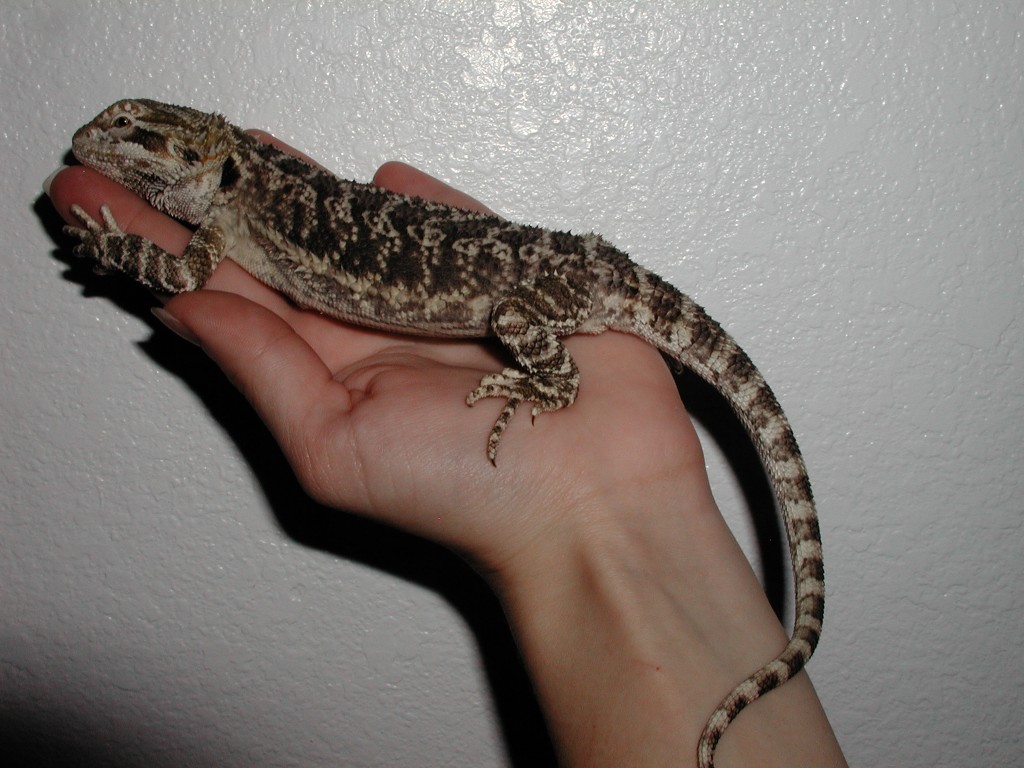
14. Babies eat twice a day. Recommended diet: 85% Crickets or Mealworms, 10% Romaine Lettuce, 2% other veggie, and 3% Fruit.
Handy accessories to have.
Heat controllers work great to keep the temperature just right. You can find one on ebay and a good price would be $25.00. You can also get one at a pet store but you will pay around $40.00. I recommend you look on ebay to see if there are any available. Look under reptiles and type in “heat controller”.
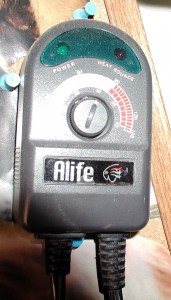
Timers are nice to have for the UVB lights. Because you can set them to come on and go off at a certain time. It makes a morning and night for the dragon just like it would be in the wild. You can get one at a Lowe’s or Home Depot or you can find timers at pet stores but you will most likely have to pay more.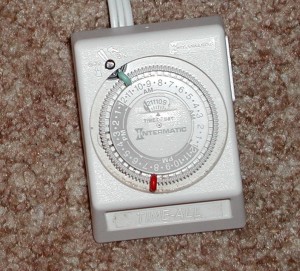
Photos of Bearded Dragons and Accessories
All comments will be reviewed before they appear on this page. Usually comments take less than 24 hours to be approved. Once your comment has been approved, you will be able to leave new comments that will post instantly.

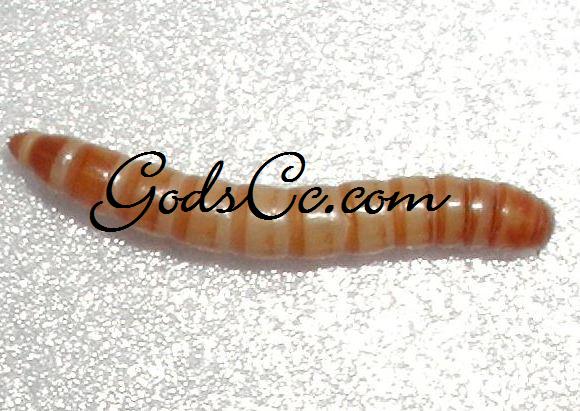
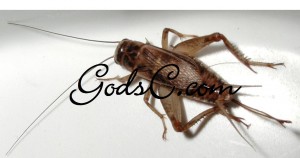
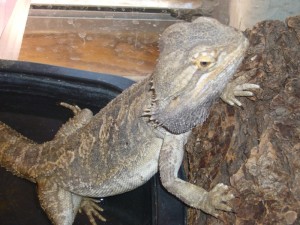


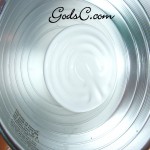
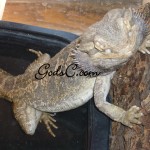

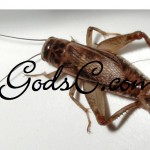
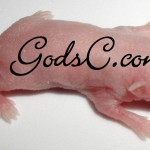
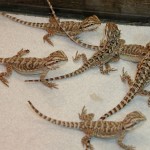
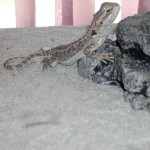
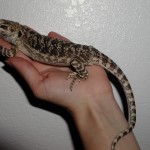

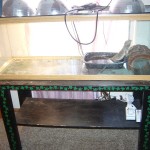
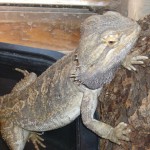
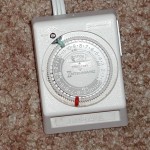

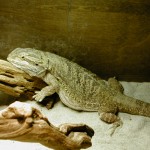
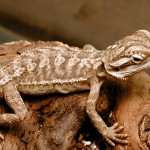
Hi Teresa Kunkel,
We have never hatched a clutch of eggs from our Bearded Dragons. But here is some info for you. Dragons breed after coming out of a winter cooling period. A winter cooling period is when the dragons are separated for about 3 months with temperatures as low as 65 degrees Fahrenheit and are given 8-9 hours of lighting and food is reduced. After this cooling period or winter the lighting, heat, and food is increased and the dragons are ready to mate and lay eggs. Female dragons lay 1-2 dozen eggs about 2 months after mating.
Do they lay eggs every month after a year old.
Hello Caleb,
Feed them plenty of tiny crickets and also veggies. If the babies do not get enough food they will eat each others toes and tails. Do not place the babies in sand bedding as they can easily ingest it on accident when feeding. Baby Bearded Dragons can die if they eat sand, paper towels work great as a bedding for babies. Make sure they water and heat. Also it is best to separate the babies form other Bearded Dragons.
what should you do if you have baby bearded dragons. my havent laid any eggs yet but they mite because are friend gave us his girl bearded dragon.
I like your site!
These are soooo cool! I LOVE these lizzerds!
great info! Thanks